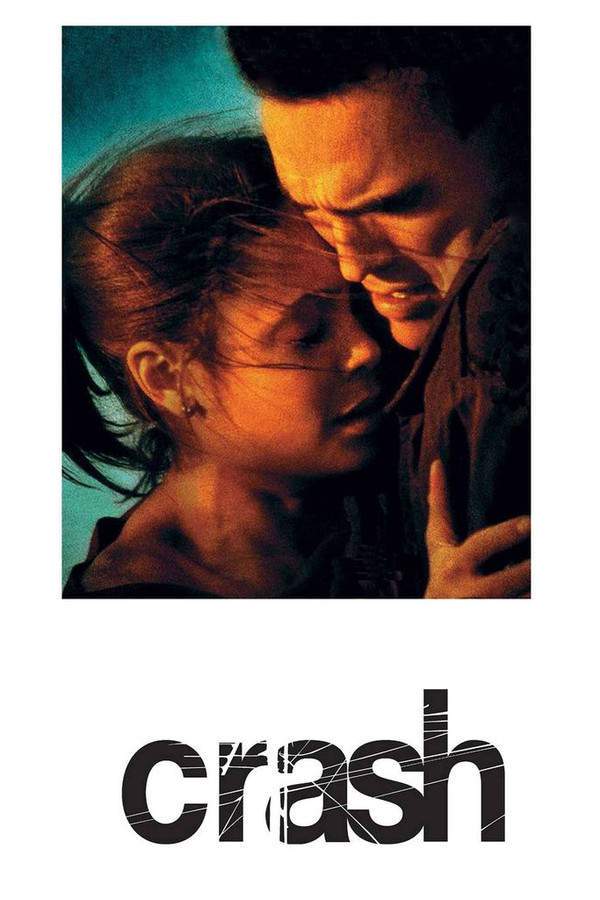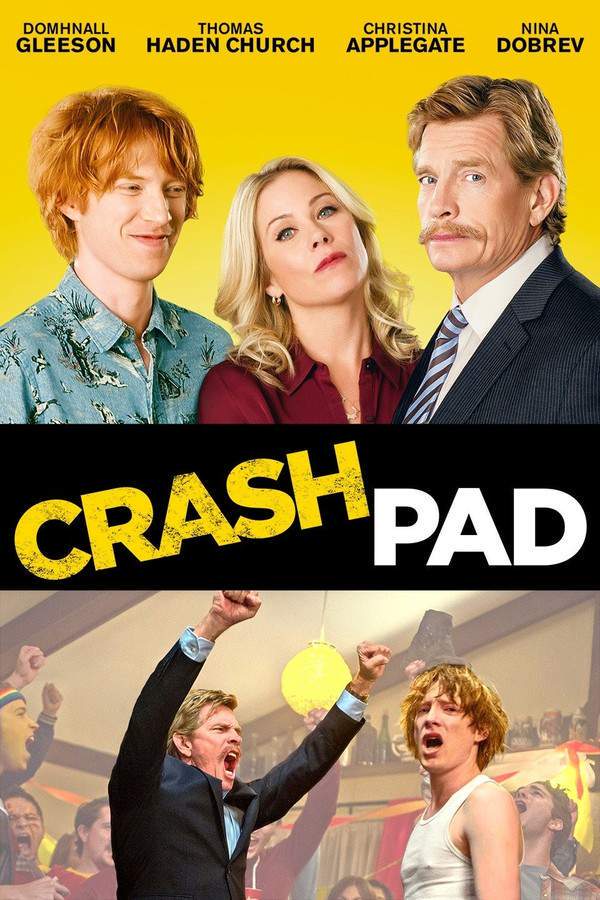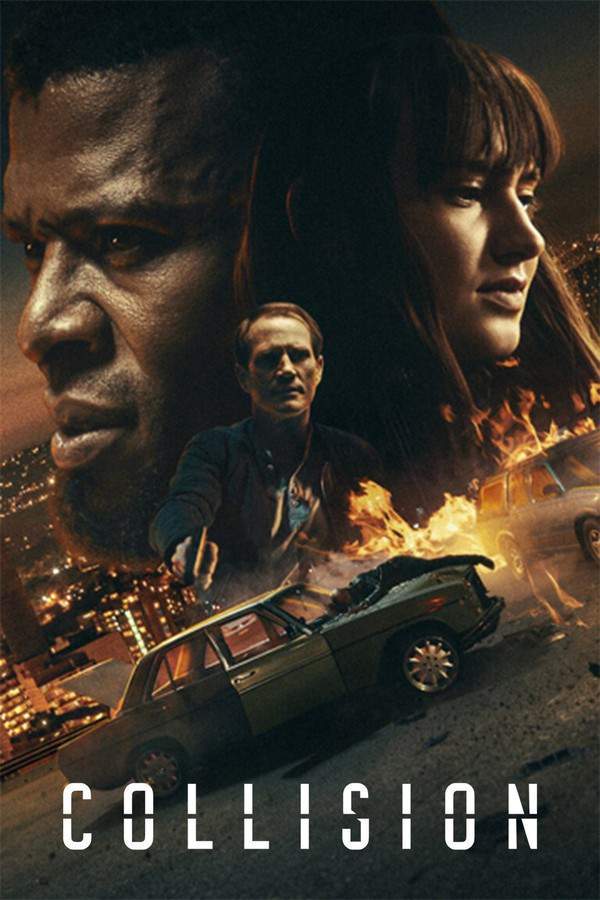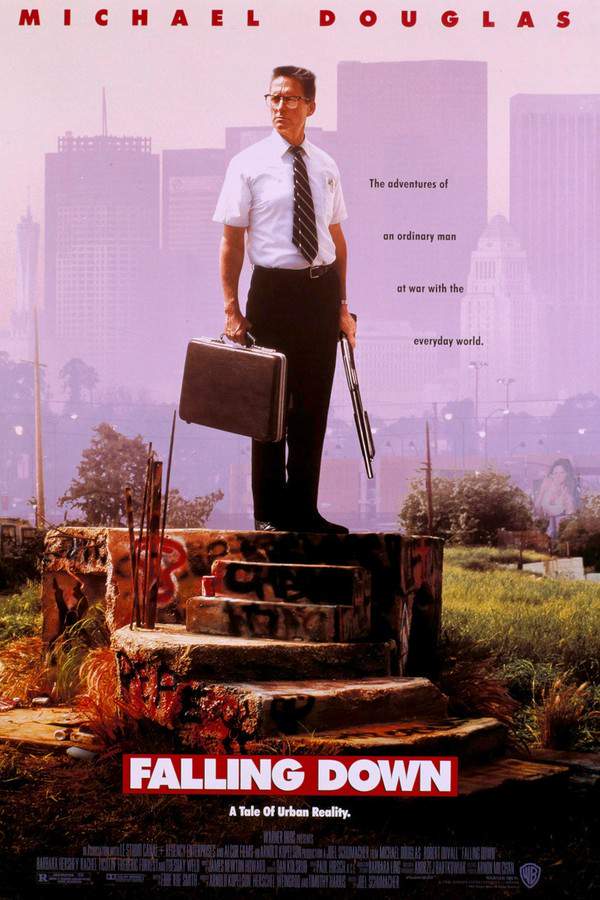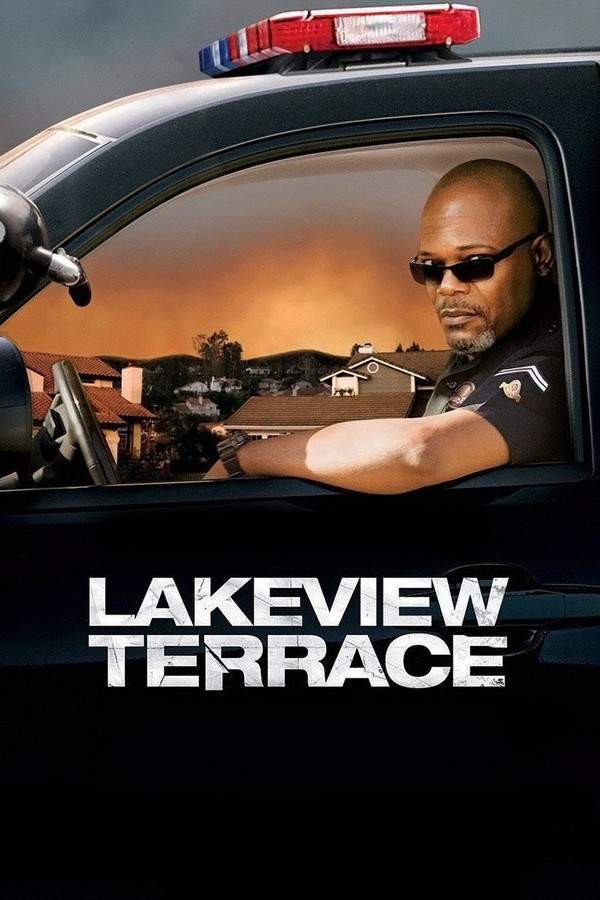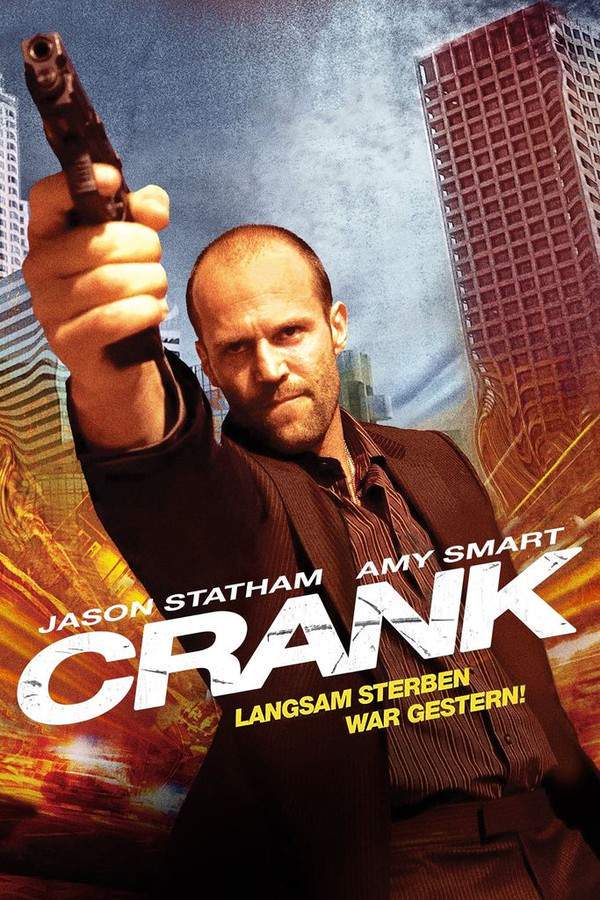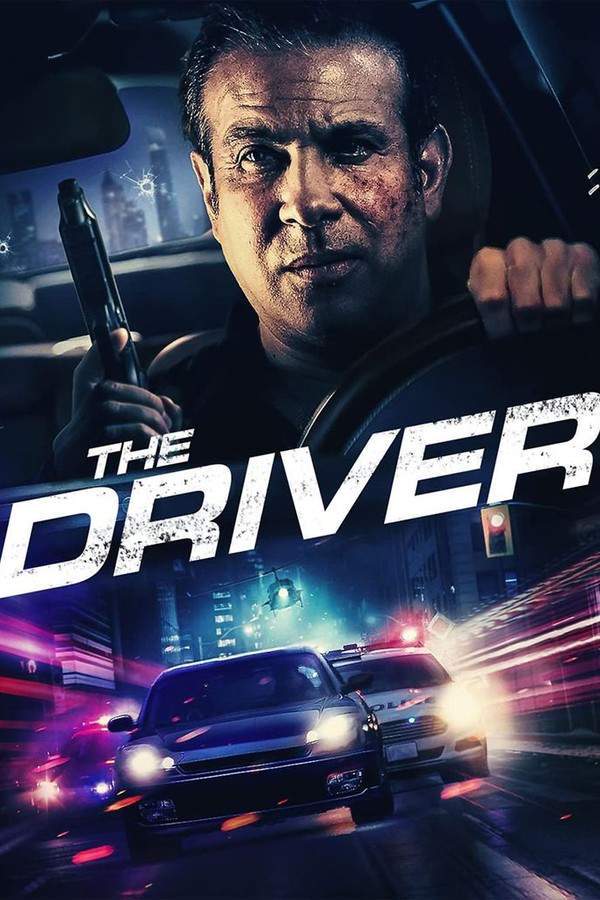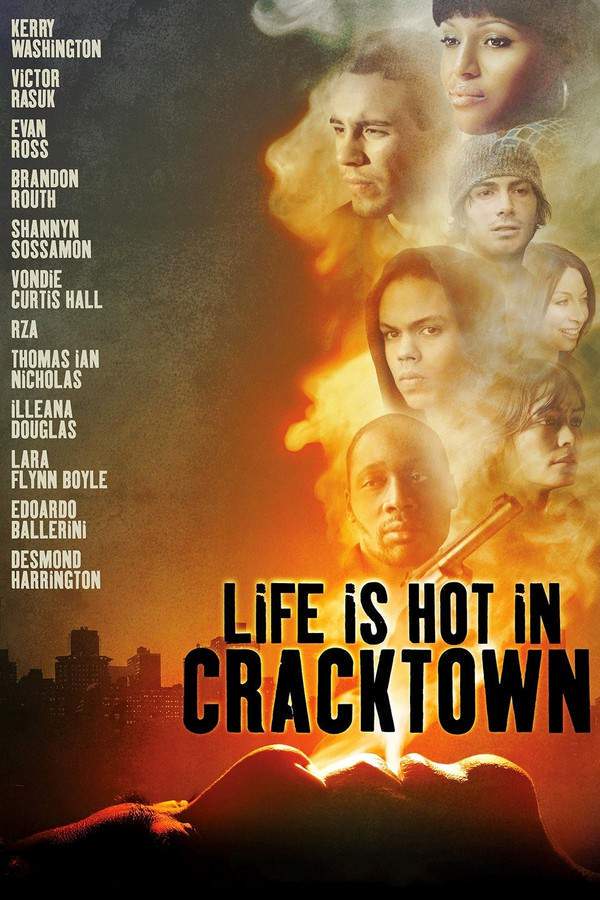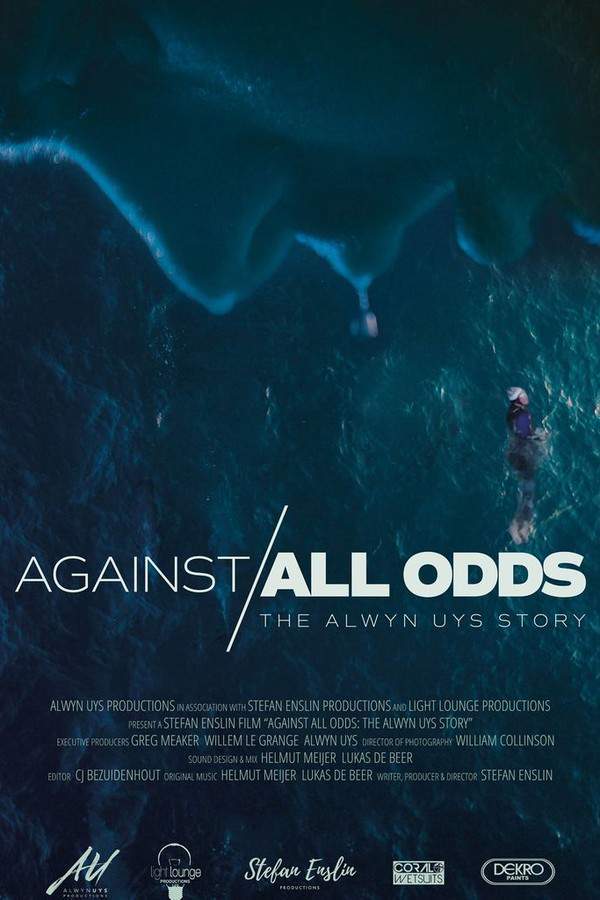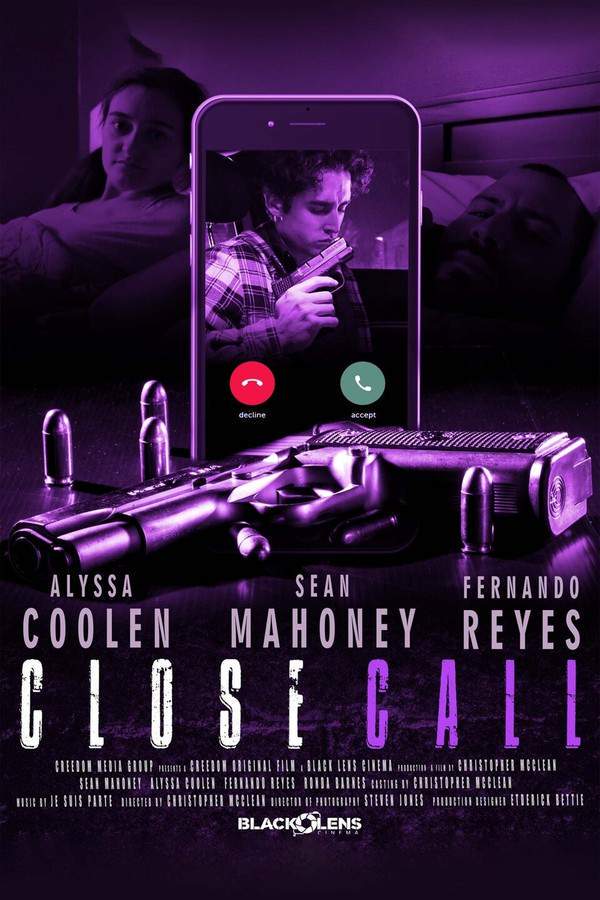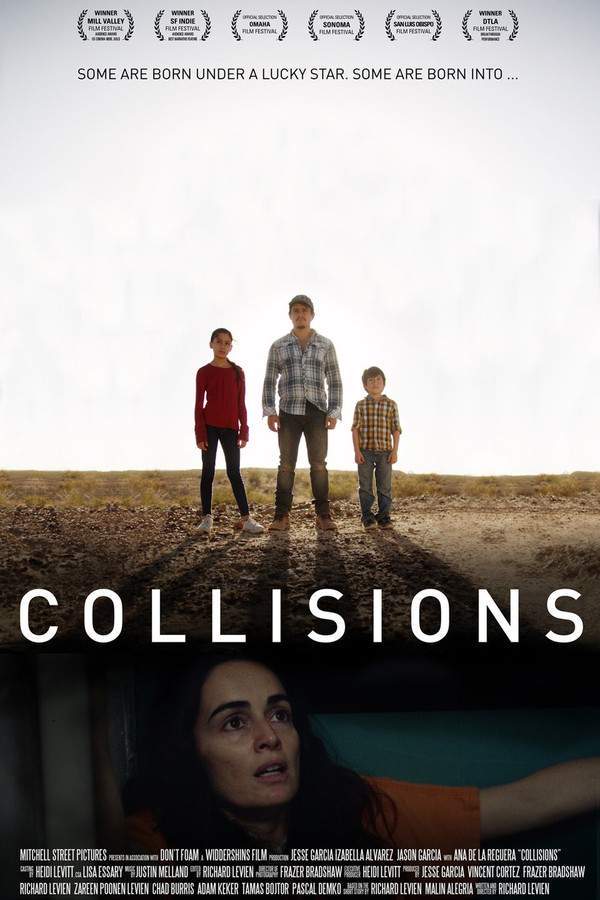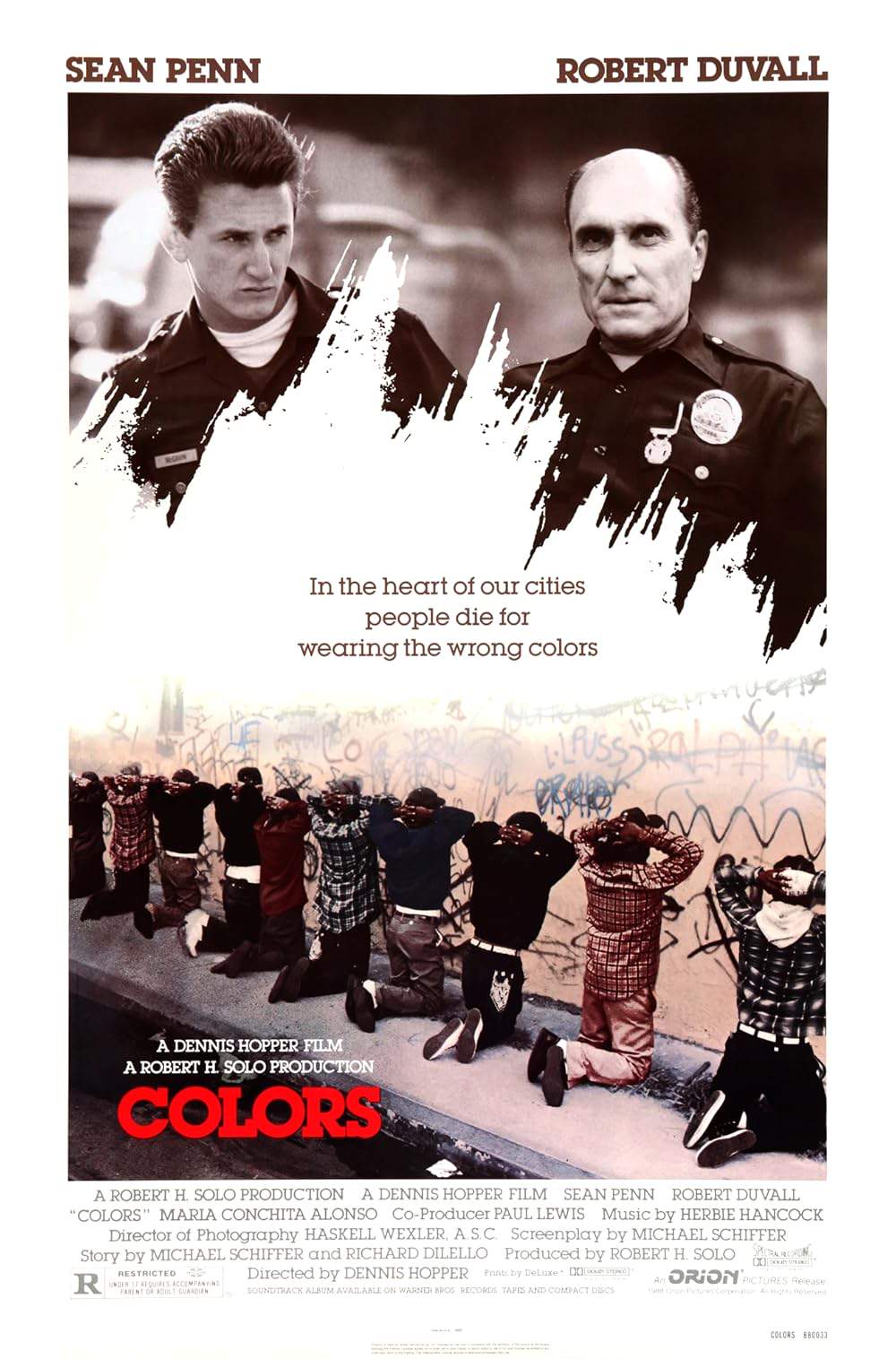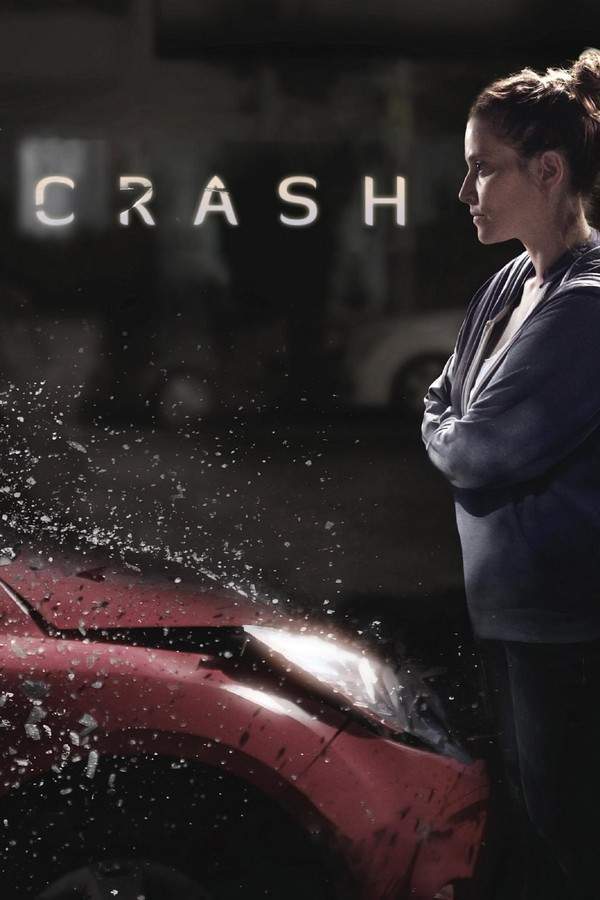
Crash
Year: 2005
Runtime: 112 min
Language: Hebrew
Director: Paul Haggis
Budget: $6.5M
In the racially diverse and often tense atmosphere of Los Angeles, the lives of several strangers become unexpectedly intertwined. Through a series of escalating events, their stories collide, exposing hidden prejudices and challenging their assumptions about one another. As these characters confront their biases and fears, they reveal the complex realities of human connection and the delicate balance of tolerance in a fractured society.
Warning: spoilers below!
Haven’t seen Crash yet? This summary contains major spoilers. Bookmark the page, watch the movie, and come back for the full breakdown. If you're ready, scroll on and relive the story!
Crash (2005) – Full Plot Summary & Ending Explained
Read the complete plot breakdown of Crash (2005), including all key story events, major twists, and the ending explained in detail. Discover what really happened—and what it all means.
A black detective, Graham Waters, reflects on the complex and often harsh realities of Los Angeles as he navigates the chaotic aftermath of a car crash. In the vehicle with him is Ria, a Latino woman who, upon getting out, quickly engages in a blame game with the other driver, an Asian woman. Amidst their accusations, Graham is drawn toward the scene of another incident where a police officer has been shot, igniting a troubling narrative about race, identity, and violence.
The story unfolds further back in time, where a Persian man, Farhad, is seen at a gun shop with his daughter Dorri. Tension arises as they encounter a hostile shopkeeper, leading to a confrontation fueled by racial stereotypes. Dorri, determined and defiant, demands to take home a firearm, representing a stark moment of desperation and power.
Meanwhile, two young black men, Anthony and Peter, find themselves grappling with their experiences of racism as they carjack a wealthy white couple, Jean and Rick Cabot. This act is merely a reflection of the societal fractures surrounding them, as they navigate their own perspectives on race. After this encounter, we witness the aftermath as Jean, shaken, demands further security at their home. Rick, a District Attorney candidate, seeks to exploit the situation for political gain, illustrating the pervasive intersection of race and ambition in their world.
The film dives deeper into the lives of various characters, including Officer John Ryan, who grapples with personal biases that emerge in his interactions with a black couple, Cameron and Christine Thayer. The tensions escalate, revealing the thin lines between perceived aggression and actual danger. Ryan’s behavior showcases the tragic misinterpretations that plague encounters across racial lines—ultimately reflecting the societal tension surrounding law enforcement.
As each character’s story intertwines, we come to see further instances of prejudice and violence. After an accident involving an Asian man, we grapple with the consequences of actions taken in the heat of the moment. Characters struggle with their identities, past traumas, and the hostility that characterizes urban life.
In an emotionally charged narrative, tensions boil over when Farhad confronts the locksmith, Daniel, amidst a backdrop of vandalism and racial slurs. The misguided anger culminates as Farhad, in his despair, threatens Daniel in a tragic scene wondering if they can ever bridge the divides that separate them.
As the climax approaches, a systematic unraveling occurs. Graham returns to his mother’s home, burdened with his brother’s absence while confronting disturbing family dynamics. The repercussions of their choices lead to devastating realities—culminating in a shocking act of violence that brings grief and reflection.
Ultimately, as the story comes full circle, we witness a crescendo of chaos—each character facing their demons amid falling snow, deepening the narrative of loss and hope. The characters’ paths cross dramatically, revealing the ugliness and the potential for redemption as they grapple with their actions and the societal structures that govern their lives.
Reduced to individual moments yet tied by a shared experience, we leave with an unsettling understanding of humanity’s complexity, representing a vivid portrayal of Los Angeles’s socio-political landscape. The film teaches that amidst chaos, compassion can still manifest, allowing for the potential of healing in a world divided by prejudice and fear.
Last Updated: May 13, 2025 at 20:31
Unlock the Full Story of Crash
Don't stop at just watching — explore Crash in full detail. From the complete plot summary and scene-by-scene timeline to character breakdowns, thematic analysis, and a deep dive into the ending — every page helps you truly understand what Crash is all about. Plus, discover what's next after the movie.
Crash Timeline
Track the full timeline of Crash with every major event arranged chronologically. Perfect for decoding non-linear storytelling, flashbacks, or parallel narratives with a clear scene-by-scene breakdown.

Characters, Settings & Themes in Crash
Discover the characters, locations, and core themes that shape Crash. Get insights into symbolic elements, setting significance, and deeper narrative meaning — ideal for thematic analysis and movie breakdowns.

Similar Movies to Crash
Discover movies like Crash that share similar genres, themes, and storytelling elements. Whether you’re drawn to the atmosphere, character arcs, or plot structure, these curated recommendations will help you explore more films you’ll love.
Explore More About Movie Crash
Crash (2005) Scene-by-Scene Movie Timeline
Crash (2005) Movie Characters, Themes & Settings
Crash (2005) Spoiler-Free Summary & Key Flow
Movies Like Crash – Similar Titles You’ll Enjoy
Crash (1997) Full Movie Breakdown
Crash Pad (2017) Plot Summary & Ending Explained
Collision (2022) Movie Recap & Themes
Falling Down (1993) Complete Plot Breakdown
Lakeview Terrace (2008) Plot Summary & Ending Explained
Crank (2006) Full Movie Breakdown
The Driver (1978) Ending Explained & Film Insights
Drive (2011) Spoiler-Packed Plot Recap
Life Is Hot in Cracktown (2009) Movie Recap & Themes
Against All Odds (1984) Ending Explained & Film Insights
Crush (2002) Complete Plot Breakdown
Close Call (2004) Spoiler-Packed Plot Recap
Collisions (2019) Complete Plot Breakdown
Colors (1988) Full Summary & Key Details
Gully (2021) Spoiler-Packed Plot Recap



